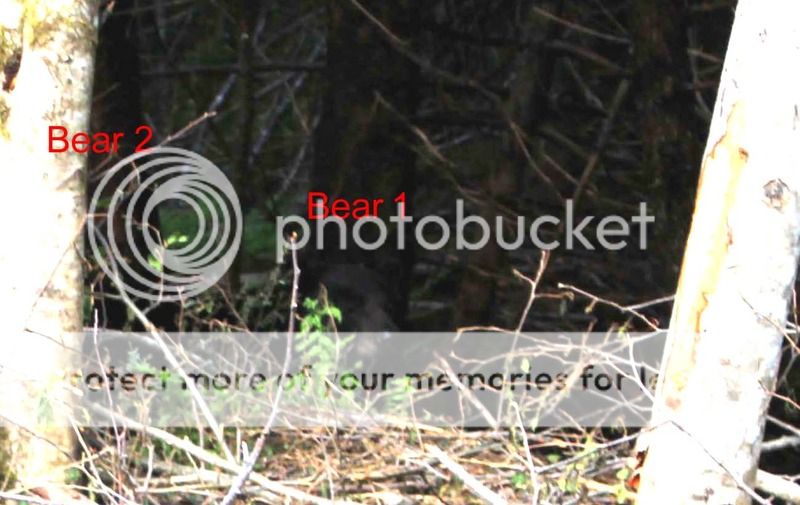soufiej
No longer a newbie, moving up!
- Joined
- Jan 3, 2015
- Messages
- 714
- Reaction score
- 113
- Can others edit my Photos
- Photos NOT OK to edit
Wildlife photographers use long focal length lenses a lot. I think your telephoto zoom option will help quite a bit.
Thanks Fred for providing one of the short useful answers in this thread.
Most of the other posters must be on drugs. I never asked about balancing the camera, never asked about alternative cameras and so on and so forth. Yes, you may know something, but it is not on the point.
Soufei, you answered my basic question with this?
"You shouldn't have tried to get any closer to the bear so, in one sense, yes. Depending on the size of image you wish to display, now it's up to your editor/processor."
I do not see your answer to your suggestion to get more pixels of the image on pixels of the sensor in what you wrote above.
Gee, I don't know, cougar. Are you saying you think I'm on drugs and I am not helpful but you still want me to answer your question? You want/need to be spoon fed in single sentence replies?

I'm going to believe you are simply not well informed and therefore don't yet realize when someone is offering you advice.
In your op you said "I guess a 55-250mm lens and a steady hand would have given me a perfect shot in this case."
You have several things wrong in that one sentence.
First, the "mm" setting on the lens is not a determining factor as to the distance between the lens and the subject. Do some research.
Second, longer zoom lenses tend to be heavier with most of the mass appearing at the front of the lens. This causes an imbalance when used with a small, lightweight camera body such as that found on the SL1.
This is, despite your current level of knowledge, a significant factor in creating a useful camera/lens system. Hand holding such a system becomes ever more difficult as the zoom power increases.
So, no, I am not on drugs and you really should not go around insulting those who are attempting to help you.
If your attention span is so short that you are about to stop reading this post, be my guest.
I've given you two alternatives to your present kit lens. If you read my posts to the end, you may find them.
A 250 mm lens will not place significantly higher amounts of subject on more pixels in comparison to your present kit lens when the subject is the size of the bear and at the same distance as the bear.
Will such a lens give you more usable pixels? Yes, but not that many when the subject is at that distance. Thankfully, in this case, a bear is a rather large subject. That's not the case with most "wildlife".
You need to head to a local camera shop and try several lenses to get a real world idea of just how much more zoom power you would need to engage in "wildlife" photography. I can't tell you how to buy because I'm not even sure you are that interested in "wildlife" photography. Seems you came a cross a bear and that's about the extent of your interest.
Go discuss this with a shop where you can handle various lenses and possibly a superzoom camera.
At this point, it would seem all I can do is tell you a teleconverter will be a less expensive way to gain reach with any lens and to say that a 1250mm reach is greater than a 250mm reach.









![[No title]](/data/xfmg/thumbnail/34/34483-f862f99992bbdd79e95d390a65e59f6e.jpg?1734165377)

![[No title]](/data/xfmg/thumbnail/34/34058-276eb00b31d5bfacf4028e7f729dc601.jpg?1734164474)
![[No title]](/data/xfmg/thumbnail/34/34057-a5a92fad5f5d96a5945d55a404b0cd27.jpg?1734164473)
![[No title]](/data/xfmg/thumbnail/31/31706-3e429b21053f11072ed2e5b37c019073.jpg?1734160380)
![[No title]](/data/xfmg/thumbnail/31/31708-69f4ec98ec000d4fc9a9a1cc282e8e16.jpg?1734160384)
